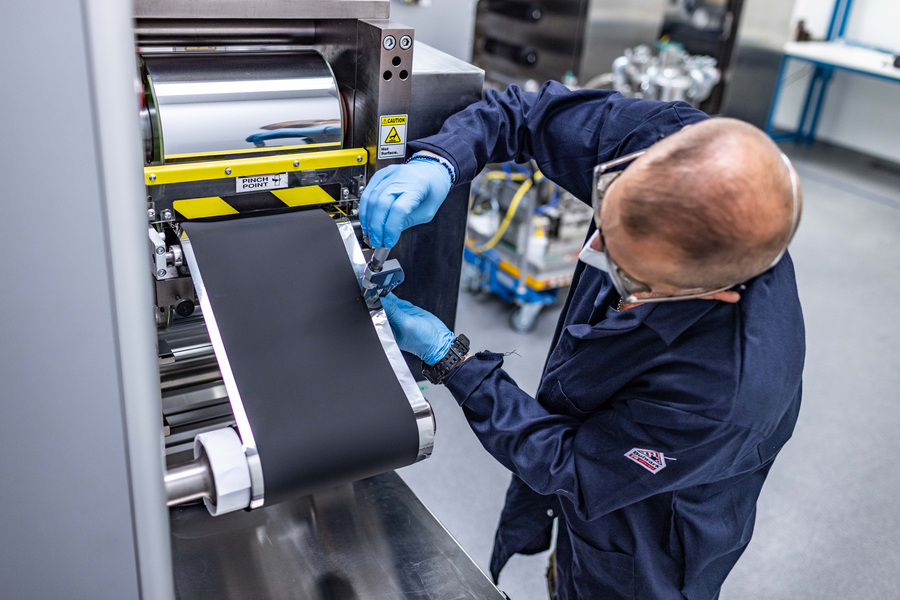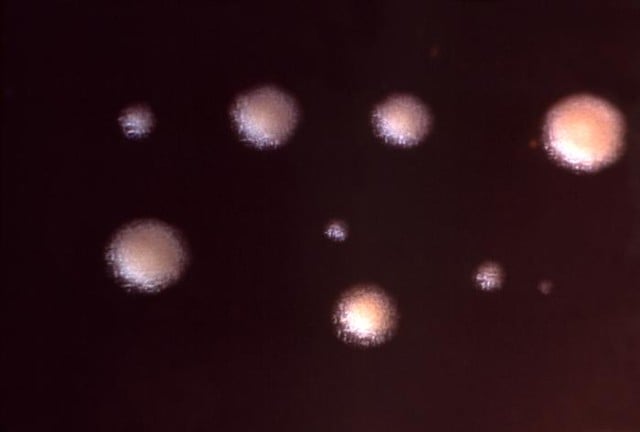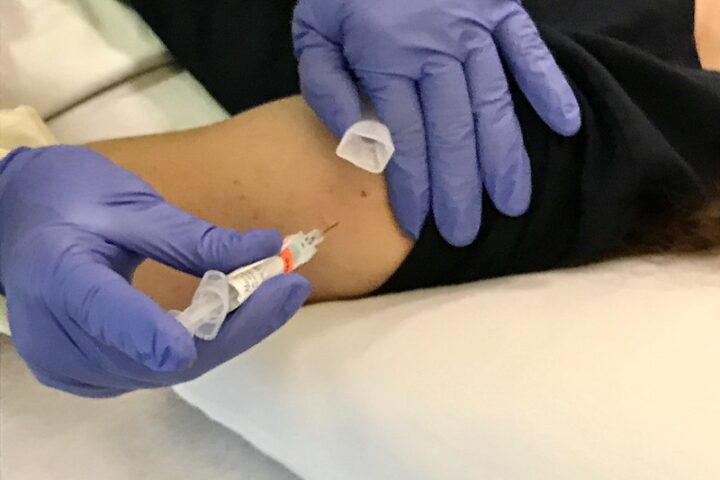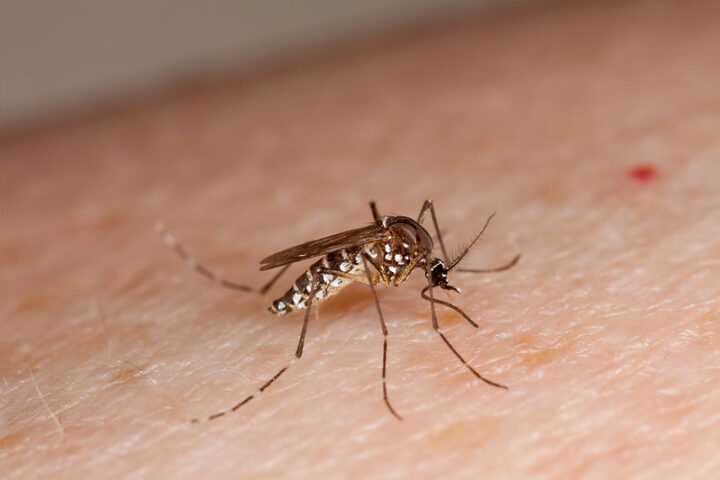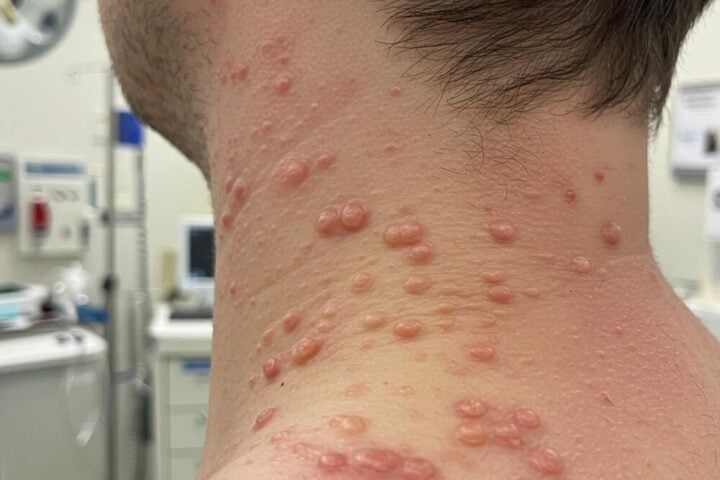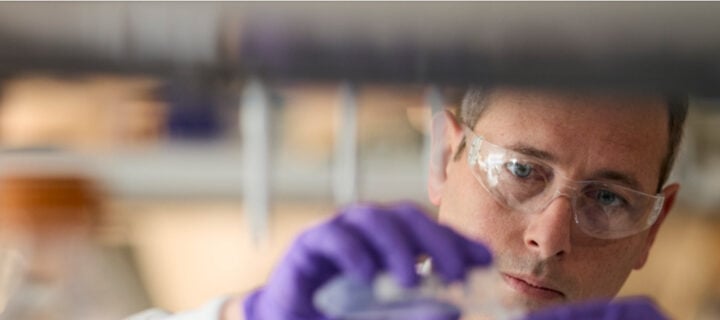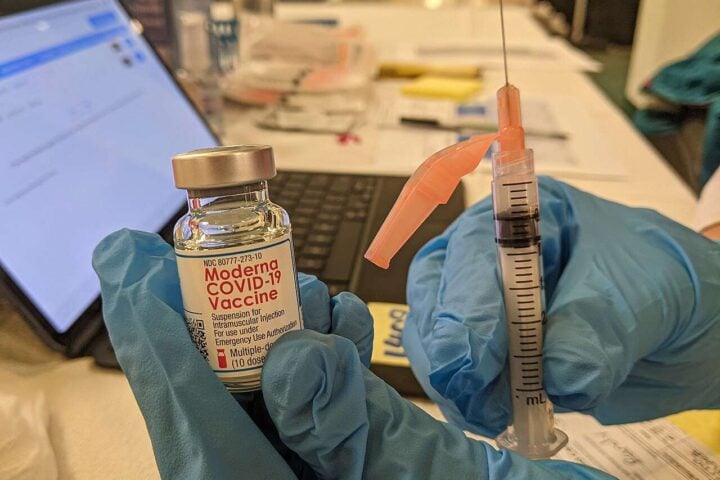New research from the University of Birmingham has exposed concerning evidence about the combined effects of two persistent pollutants – microplastics and PFAS chemicals. The study found that when combined, these substances showed increased toxicity, with 59% from additive effects and 41% from synergistic interactions between the chemicals.
The study, published in Environmental Pollution, examined how these substances interact in aquatic environments using Daphnia (water fleas) as indicator species. The results revealed severe developmental issues, including stunted growth, delayed sexual maturity, and reduced offspring numbers when both pollutants were present.
“Understanding the chronic, long-term effects of chemical mixtures is crucial, especially when considering that previous exposures to other chemicals and environmental threats may weaken organisms’ ability to tolerate novel chemical pollution,” said Professor Luisa Orsini, who led the research.
The research team discovered that the combined effects of these pollutants resulted in more severe toxic effects than each chemical alone, with 59% additive and 41% synergistic interactions observed across critical fitness traits, such as survival, reproduction and growth. These findings raise particular concerns because both substances persist in the environment without breaking down.
Microplastics, which originate from plastic bottles, packaging, and clothing fibers, combine with PFAS (Per- and Polyfluoroalkyl Substances) found in everyday items like non-stick cookware, water-resistant clothing, firefighting foams, and numerous industrial products. Both pollutants can travel through water systems, reaching as far as the Arctic.
The Birmingham team compared two groups of water fleas: one without previous chemical exposure and another with past exposure to pollutants. This approach utilized Daphnia’s unique ability to remain dormant for extended periods, allowing researchers to study older populations with different pollution histories.
The water fleas were exposed throughout their life cycle to irregular-shaped microplastics combined with two PFAS chemicals at concentrations typically found in lakes. Dr. Mohamed Abdallah, co-lead researcher, stated: “It is imperative that we investigate the combined impacts of pollutants on wildlife throughout their lifecycle to get a better understanding of the risk posed by these pollutants under real-life conditions.”
More Stories
The findings expose gaps in current regulatory frameworks, which typically evaluate chemicals individually rather than in combination. These results demonstrate the need for revising current methods for assessing environmental toxicity.
The study’s results indicate that previous exposure to chemical pollution may reduce organisms’ tolerance to new pollutants, suggesting cumulative environmental effects that current regulations don’t address.
The Birmingham study opens new avenues for research into how PFAS chemicals affect gene function and their long-term biological impacts. With advances in artificial intelligence and chemical screening tools, scientists can better understand complex chemical interactions in the environment.
Professor Orsini emphasized that these findings extend beyond aquatic species: “These findings will be relevant not only to aquatic species but also to humans, highlighting the urgent need for regulatory frameworks that address the unintended combinations of pollutants in the environment. Regulating chemical mixtures is a critical challenge for protecting our water systems.”
The research continues as scientists work to understand the full scope of these pollutants’ combined effects on environmental and human health.

